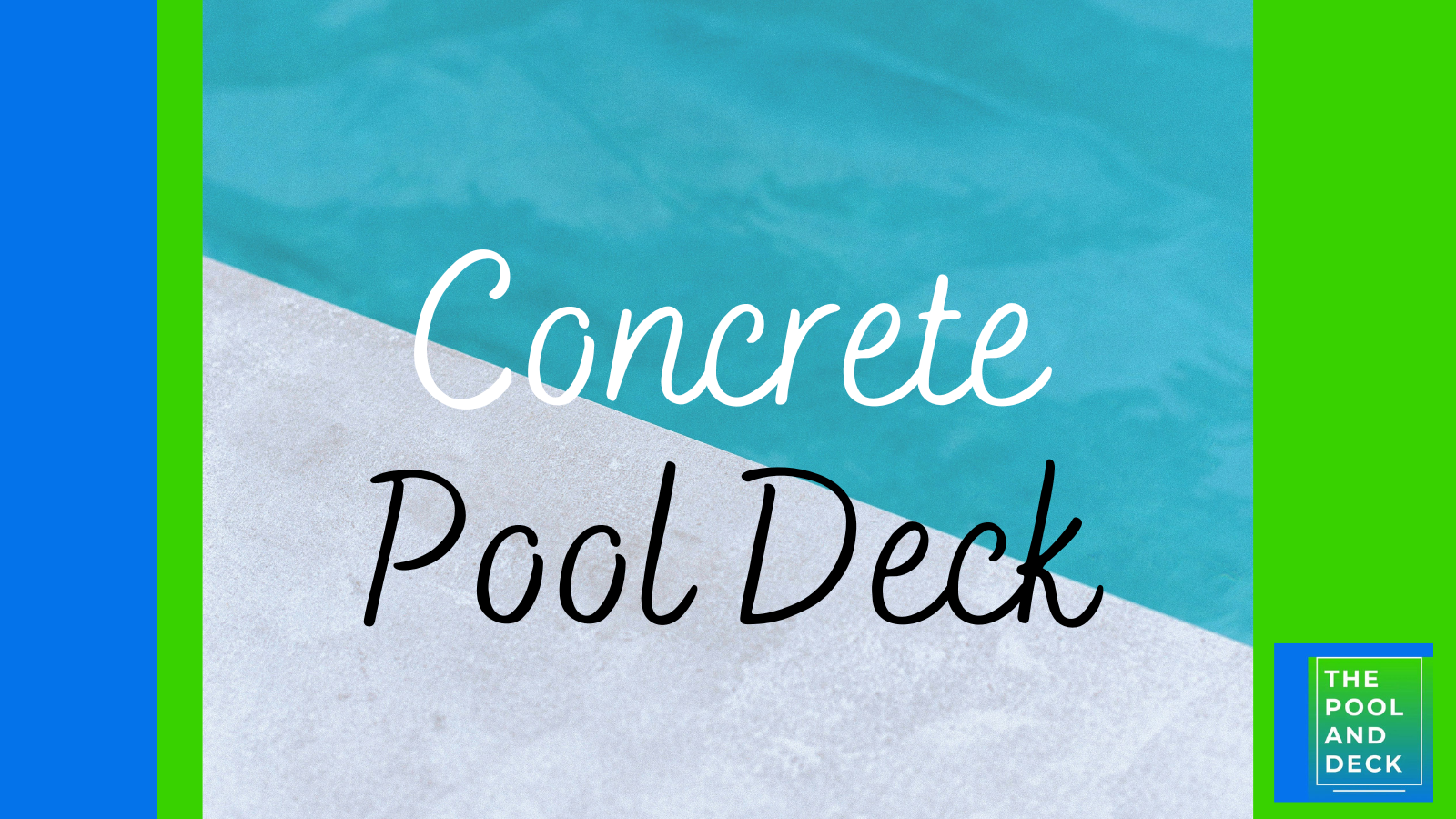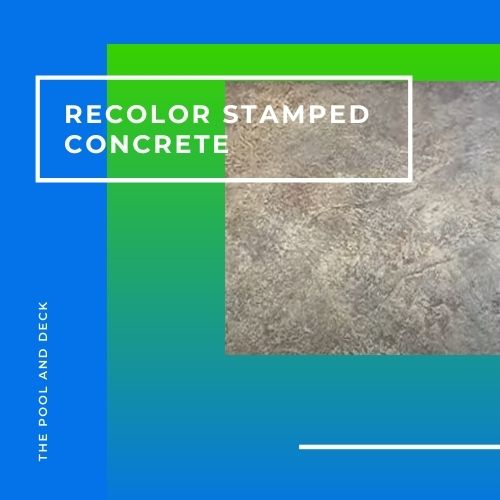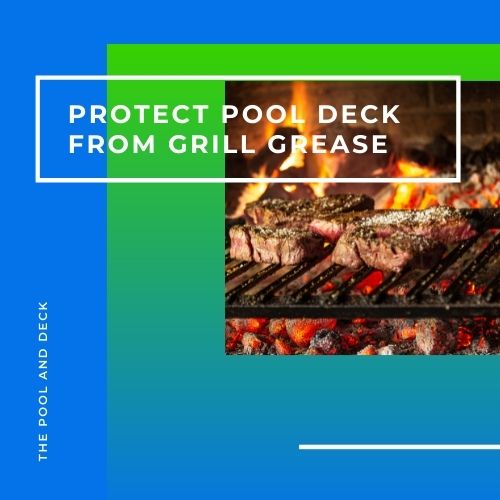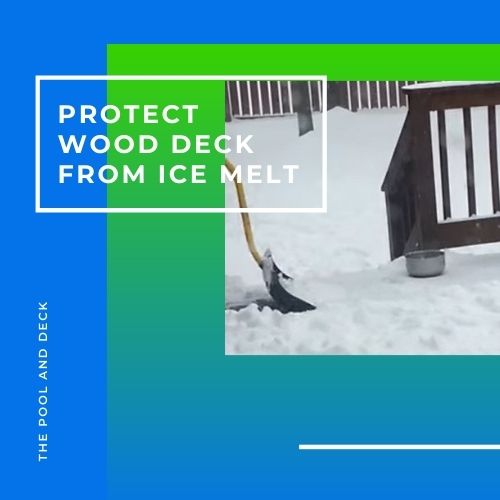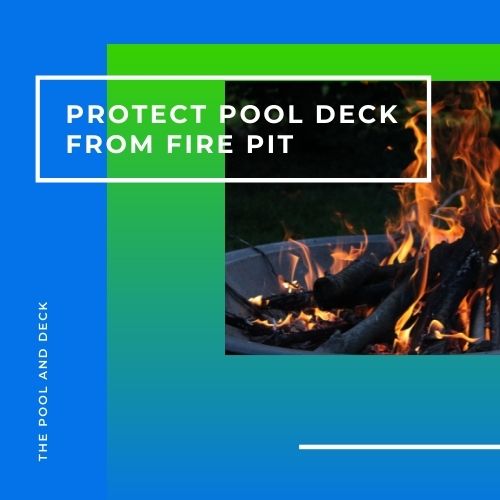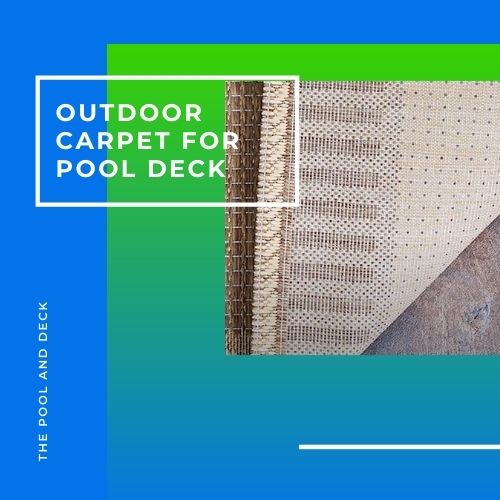Wood Deck Turning Black? (What You Need To Know & Do!)
thepoolanddeck.com is a participant in the Amazon Services LLC Associates Program, an affiliate advertising program designed to provide a means for sites to earn advertising fees by advertising and linking to Amazon.com . The website is also an affiliate of a few other brands. The affiliate links never increase your purchase price. We do appreciate your support. Thank you very much!
Table of Contents
Why Is Your Wood Deck Turning Black?
Your backyard wood deck is where you spend a lot of quality time. Just relaxing and enjoying the outdoors, alone or with loved ones. It can be quite distressing to note that your beautiful wood deck is turning black. So, why is your wood deck turning black?
Wood decks turn black due to one of the following reasons:
- Growth of black mold – this is the most common cause
- Staining or sealing without proper cleaning of the deck
- Staining or sealing a wet or moist wood deck
- Use of an inferior wood stain or wood sealer
- Iron Oxide (Rust) Stains
- Weathering – chemical changes to the tannins in the wood
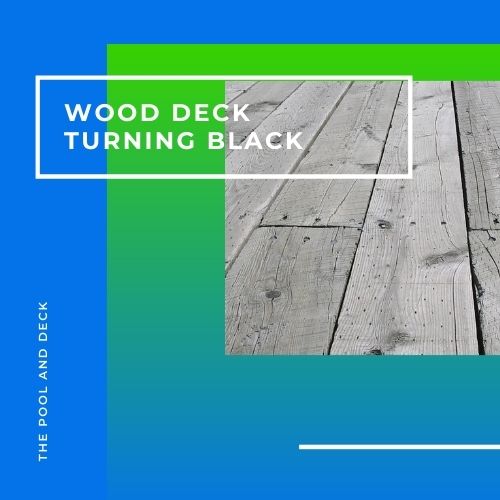
In the first three instances the ultimate culprit is mold or mildew. Both mold & mildew are fungi. Their spores are ever present in the air. There can be an outbreak of mold or mildew growth if following requirements are met.
- Organic food source – amply present in a wood deck
- Damp or moist surfaces – wood is hygroscopic
- Shade
Mold is green or black with a fuzzy or slimy texture. Mold is usually seen on the surface but can grow inwards too, especially in porous wood decks.
Mildew is typically white, gray or yellow with a fluffy or powdery texture. Mildew tends to remain on the deck surface.
Apart from the fact that they turn your wood deck black, they are a health hazard.
The adverse effects of mold on human health can include respiratory issues, such as asthma, heart problems, joint pain, migraines, fatigue and depression. The adverse effects of mildew are milder. Inhaling mildew can lead to coughing, breathing difficulty and headaches.
How Do You Prevent Black Mold on Your Deck?
To prevent the growth of black mold you have to take away the three things that molds need to thrive.
Food Source
Taking away the food source is impossible when it comes to a wood deck. The main component of wood is cellulose and cellulose is food for mold & mildew.
Water Supply
Mold & mildew flourish in damp moist conditions because they have access to water.
A tree takes in ground water through its roots and transports it all the way to the leaves, through capillary action. The capillaries in the wood continue to function in a wood deck.
This is why a wood deck is porous & hygroscopic.
The best way to deprive mold of the water that a wood deck absorbs, is to block the pores with a waterproofing sealer.
Light Conditions
An outdoor wood deck may be exposed to a lot of sunlight or may be in the shade. It depends on the location of the deck with respect to the house and trees.
In case your wood deck got a lot of sunlight then it would inhibit mold growth. But on the other hand the high UV radiation would burn the tannins in the wood and make it turn gray.
The best case scenario would be if your wood deck got a lot of sunlight, so that the UV radiation can kill the mold on the deck surface or in the air. However, protect the wood deck from the UV radiation by sealing it with an UV resistant sealer.
Thompson’s Water Seal is the perfect sealer for a wood deck. Its key features are:
- Waterproof – prevents water from penetrating the wood
- UV Resistant – prevents fading & tannin degradation
- Mold & Mildew Resistant
How Do You Get Rid of Mold on Your Outdoor Deck?
Molds are microbes. Microbes thrive in mildly alkaline conditions. Mold, including black mold thrives when the environment is in neutral to slightly alkaline range. (A pH level of 6.5 – 8.0 is most conducive to mold growth).
Most microbes, including black mold, will die in an acidic environment. This is the reason chlorine is used to disinfect a pool. To clean black mold you can use one of the following household chemicals.
1) Liquid Chlorine
Liquid chlorine used to sanitize and disinfect pool water is, in fact, a 10 – 12.5% solution of Sodium Hypochlorite (NaOH) in water. Chlorine forms hypochlorous acid which kills bacteria, algae and pathogens in the pool.
Make a solution of a cup of liquid chlorine in 2 gallons of water. Spray this solution on the area that has black mold. The solution may need 30 minutes to an hour or two to kill all the mold. Scrub with a stiff brush and rinse off with the garden hose.
2) Household Bleach
Household bleach is the same thing as liquid chlorine but with only around 6% of Sodium Hypochlorite (NaOH) in water. When using bleach to remove black mold you need to make a solution of a cup of liquid chlorine in only 1 gallon of water.
The application is just the same as above.
NOTE 1: Chlorine or Bleach will kill the black mold on the surface but is unable to penetrate the porous wood and kill the mold from the roots.
NOTE 2: Bleach (Chlorine) is harmful to the environment and human health. Using Personal Protective Equipment (PPE) when using bleach is recommended by CDC. Wear at least an N-95 respirator, goggles, and protective gloves.
3) Vinegar
Household white vinegar is 4-7% acetic acid solution in water. It will kill the mold from the roots.
Spray undiluted white vinegar on the affected area and let it seep into the wood for an hour or so. Wipe & allow to dry.
4) Baking Soda
Make a solution of 2 tablespoons of baking soda with 2 cups of water. Make sure the baking soda dissolves completely. Spray onto the mold and let it sit for a while.
Scrub with a stiff brush and rinse off with the garden hose. Repeat the process till the black mold has been totally killed. Leave to dry.
5) Hydrogen Peroxide
Spray 3% hydrogen peroxide (commonly sold at pharmacies) on the deck which has the black mold spots. Let it soak in for about 10 minutes or until the bubbling stops. Scrub off with a rag or soft brush.
6) Trisodium Phosphate
Trisodium Phosphate (TSP) is a very effective chemical when it comes to getting rid of grease, stains, soap scum and black mold.
Dissolve one cup of TSP in three quarts of warm water. For stronger action you can also add a quart of chlorine bleach, or better still, oxygen bleach.
Use a stiff scrub brush or sponge with some pressure on the deck area that has black mold. Rinse thoroughly with plain water from a garden hose to remove any TSP residue.
7) Wet & Forget
Another great mold killer is WET & FORGET Moss, Mold, Mildew & Algae Stain Remover. Its outstanding features are:
- Easy Spray & Leave Application
- No Scrubbing, Rinsing or Pressure Washing
- Bleach-free, Phosphate-free and Non-acidic
- Surfaces Stay Clean 1+ Years in Most Cases
- Safe for Virtually Any Outdoor Surface
Once the composite decking has been sprayed, just leave nature and time to do their bit. Most moss, mold, mildew & algae will start to disappear in a week or two.
The more stubborn black mold may take a bit longer.
How Do You Remove Iron Stains from a Wood Deck?
Wood decks can also turn black due to iron oxide stains. Quite often the stains come from rusty nails. But they can also come from the wrought iron deck furniture or the metallic grill.
Some steel, such as steel rail shavings or steel wool pieces, may also be on the deck from the construction stage. Rain or even high humidity can start the rusting process.
Rust stains on the wood deck are bound to follow.
Fresh rust stains can usually be removed by lemon juice (citric acid) or vinegar (acetic acid), available in most kitchens. Vinegar is stronger than lemon juice. Here’s what you need to do:
- Clean the rusted area so that the rust is exposed
- Pour the lemon juice or vinegar on to the stain & wait for 10 minutes
- Scrub with a stiff bristled brush
- Clean up with warm, soapy water
For rust stains that have been around for a while, you will need to use a commercial product. They usually contain oxalic acid, a powerful cleaner that can remove even the toughest stains.
Iron OUT Liquid Rust Stain Remover, Pre-mixed, Quickly Removes Rust Stains from outdoor decks. It can be applied with a tank sprayer, cloth or roller. No scrubbing is required.
Make sure to take the proper safety precautions, including wearing latex gloves and safety goggles.
You can prevent your wood deck from turning black by using a good waterproof, UV resistant, mold & mildew resistant wood sealer. Make sure to reseal once a year in late fall to winterize your wood deck.
Thank you very much for reading the post. I do hope you found it informative and helpful.

